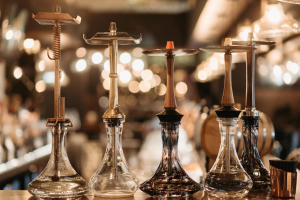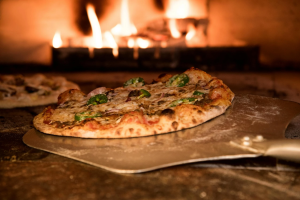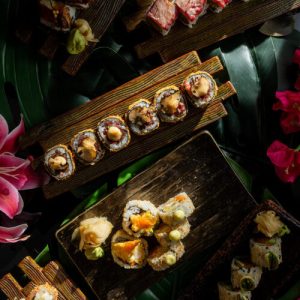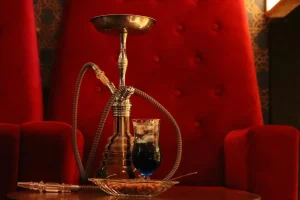Have you ever looked at a drink menu and wondered, what is the difference between cocktail and mocktail?
Well, we all have been there.
With vibrant colors, creative garnishes, and stylish presentation, both can look almost identical, but they’re not the same.
In this guide, we’ll break down the cocktail vs mocktail debate by exploring 15 clear ingredient differences. Whether you’re a mixology enthusiast or someone simply looking to make informed choices, understanding the difference between mocktail and cocktail will help you sip smarter, wherever you are.
Understanding the Mocktail vs Cocktail Scene in Dubai
Dubai has embraced both mocktail and cocktail culture, but due to local laws, mocktails are more widely available. The city is home to some of the world’s most luxurious mocktail menus, offering bold, creative drinks with global inspiration.
From rooftop lounges to beachside cafés, mocktails in Dubai are crafted with as much care and elegance as high-end cocktails. You’ll find everything from spicy mango chillers to mint-and-rose mock mojitos made with attention to flavor balance and presentation.
1. Alcohol Content
Let’s start with the most obvious cocktail and mocktail difference: alcohol. Cocktails contain alcohol, typically a mix of spirits like vodka, rum, gin, or whiskey.
Mocktails are 100% non-alcoholic and use juices, syrups, and sodas to mimic the flavor complexity of cocktails without any buzz.
2. Base Ingredient
In a cocktail, the base is almost always a liquor or spirit, which gives it strength and character.
In contrast, mocktails use fruit juice, tea, or soda water as their foundation.
3. Intended Audience
Cocktails are for adults and usually served to those of legal drinking age.
Mocktails cater to a broader audience, including kids, teens, and those who prefer or avoid alcohol for personal, religious, or health reasons.
4. Nutritional Profile
Mocktails often have fewer calories from alcohol but can be high in sugar due to fruit juices and syrups.
Cocktails may have higher calorie counts due to alcohol, which contains more calories per gram than sugar.
5. Flavor Complexity
Cocktails have deep, layered flavors due to the complexity of alcohol and the ingredients mixed with it.
Mocktails achieve complexity through herbs, spices, syrups, and juices, but may lack the warmth or kick that alcohol provides.
6. Tools Used
Mixologists often use shakers, muddlers, and strainers for both.
However, certain tools like jiggers (for precise alcohol measurement) are primarily essential in cocktail preparation.
7. Garnishing Style
Both cocktail and mocktail drinks are garnished with flair, but cocktails may include additions like flamed citrus peels, bitters, or alcohol-infused cherries.
Mocktails usually rely on colorful fruit, mint, or edible flowers.
8. Health Impact
Because cocktails contain alcohol, they can affect liver function, sleep, and hydration when consumed in excess.
Mocktails are generally safer but can still pack sugar and calories depending on the ingredients. Still, if you are having a fancy dinner in Dubai, mocktails will sound delicious and refreshing.
9. Popular Ingredients
Classic cocktail ingredients include bitters, vermouth, gin, rum, and vodka.
Mocktails, on the other hand, use ingredients like lemonade, pomegranate juice, cucumber water, and flavored syrups.
10. Shelf Life
Cocktails can contain preserved spirits that last for months.
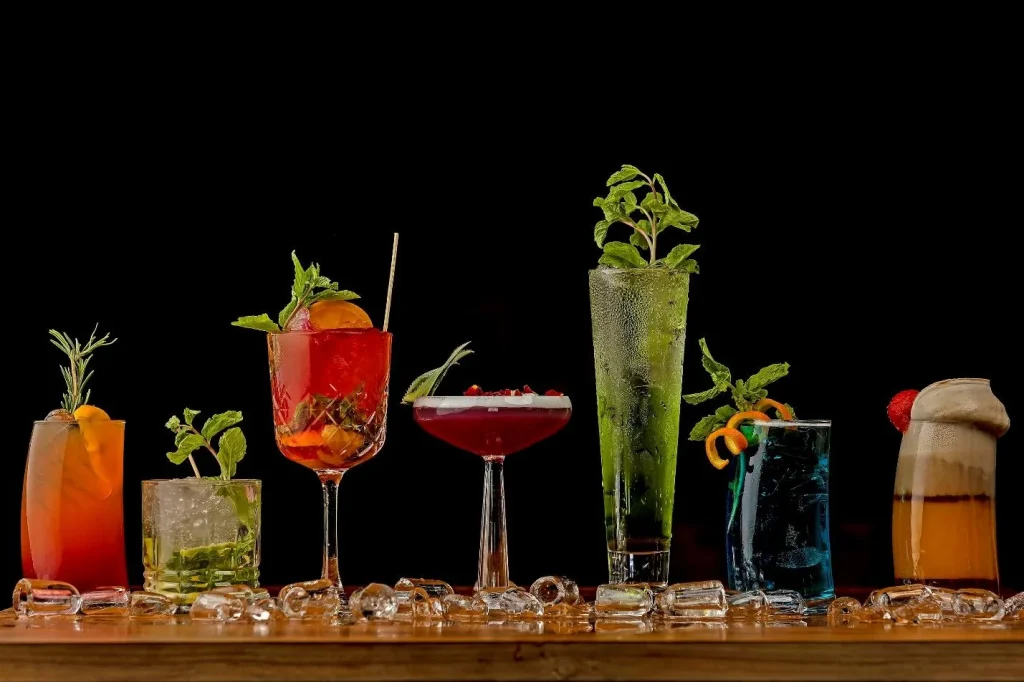
Mocktails, particularly fresh-pressed juice versions, are best served immediately for optimal flavor.
11. Occasions and Settings
Cocktails are often reserved for upscale or adult-centric settings like evening dinners, rooftop bars, lounges, weddings, and nightclubs. They are usually associated with formal occasions or nightlife scenes where social drinking is part of the culture. Cocktail menus are common in licensed hotels, resorts, or high-end events that feature bartenders crafting signature drinks with a theatrical flair.
Mocktails, on the other hand, are much more versatile and inclusive when it comes to settings. These alcohol-free alternatives shine at brunches, family gatherings, baby showers, corporate wellness events, and even religious celebrations where alcohol may be avoided.
12. Customization Options
One of the key aspects that define the difference between mocktail and cocktail is the ease of customization. Mocktails are far more flexible when it comes to tailoring flavors. You can easily swap fruit juices, add a splash of soda, or experiment with herbs and spices without disturbing the balance of the drink.
Cocktails, however, are a bit more complex to adjust. Changing the spirit (for example, switching vodka to gin) affects the entire structure and taste of the drink. It may require a change in mixers, bitters, or garnishes to maintain harmony.
13. Legal and Cultural Considerations
This is one of the most significant differences in the mocktail vs cocktail discussion. In many parts of the world, especially in Middle Eastern countries like the UAE and Saudi Arabia, alcohol is restricted due to cultural or religious reasons. In such regions, mocktails flourish as a socially and legally acceptable alternative. Dubai, for instance, is home to some of the most innovative mocktail menus in the world, crafted with the same level of care, complexity, and elegance as premium cocktails.
Mocktails are also the preferred option at venues that serve a mixed audience of locals, tourists, and families. They offer a way for people to enjoy a sophisticated beverage without violating local customs or laws. This makes mocktails a key part of the food and beverage scene in places with alcohol limitations, and a prime example of how culture influences the cocktail and mocktail difference globally.
14. Effects on Mood or Behavior
Cocktails may relax or impair due to alcohol.
Mocktails, while flavorful, do not change mood or behavior, making them safe and inclusive for everyone.
15. Cost and Availability
Cocktails are generally more expensive due to the cost of spirits.
Mocktails tend to be more affordable and widely available in cafes, restaurants, and family-friendly venues.
Final Thoughts
The difference between mocktail and cocktail comes down to more than just alcohol. It’s about purpose, ingredients, and audience. Whether you prefer the bold complexity of a cocktail or the refreshing balance of a mocktail, both have a place in modern social settings. So next time you’re handed a drink menu, you’ll know exactly what you’re choosing, and why. Looking for a place in Dubai that serves world-class mocktail options? APE offers a curated menu of handcrafted beverages that combine flavor, elegance, and style. For more details or bookings, contact hello@ape.ae or call +971 50 750 7483.
Frequently Asked Questions
Are mocktails just cocktails without alcohol?
Not exactly. While mocktails mimic cocktail flavor profiles, they are often created from scratch using unique non-alcoholic ingredients instead of simply omitting the liquor.
Can you make mocktails with non-alcoholic spirits?
Yes. Non-alcoholic gins and rums are gaining popularity and can be used in mocktail recipes to add depth and aroma similar to classic cocktails.
Are mocktails safer for people with medical conditions?
Generally, yes. Since they lack alcohol, mocktails are safer for pregnant individuals, those on medication, or people with liver-related conditions. However, sugar content should still be considered.
What is the best way to serve mocktails at a party?
Use elegant glassware, fresh ingredients, and beautiful garnishes. Presentation matters as much as taste. Consider a mocktail station where guests can customize their drinks.
Can mocktails help people reduce their alcohol intake?
Absolutely. Many people use mocktails as a bridge to cut back on alcohol without missing the social or sensory experience of sipping a stylish drink.


